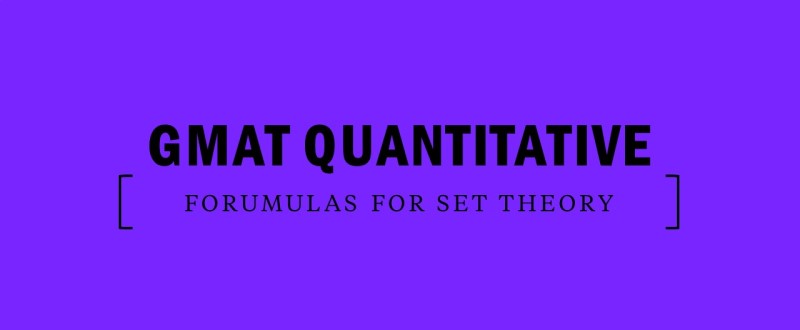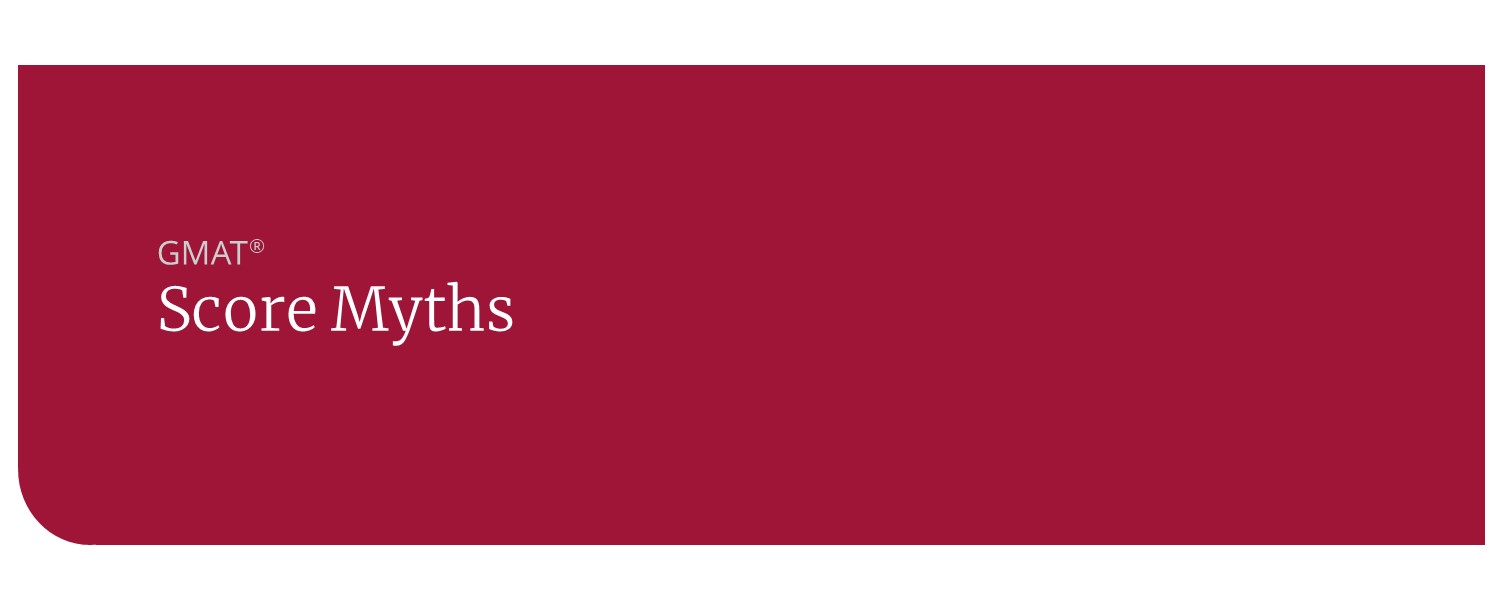GMAT Quantitative: Formulas for Set Theory
Some tougher GMAT Quantitative questions will require you to know the formulas for set theory, presenting two or three sets and asking various questions about them. To refresh, the union of sets is all elements from all sets. The intersection of sets is only those elements common to all sets.
Formula for Two Overlapping Sets
A classic GMAT setup involves a large group that is subdivided into two potentially overlapping subgroups. For example, let’s say that in a room of 20 people, there are 12 dog owners and 14 cat owners. Since 12 plus 14 is more than 20, the only way this situation makes any sense is if some people own both a dog and a cat. And it’s possible that some own neither.
Essentially, there are four different subgroups to consider:
- Those who own a dog but not a cat
- Those who own a cat but not a dog
- Those who own both a cat and a dog
- Those who own neither a cat nor a dog
You could also combine some of these groups to consider both the total number of dog owners and the total number of cat owners.
You can often use the overlapping set formula to solve questions related to these kinds of setups:
Group 1 + Group 2 – Both + Neither = Total
Overlapping Set Forumla Example
An office manager orders 27 pizzas for a party. Of these, 15 have pepperoni, and 10 have mushrooms. If 4 pizzas have no toppings at all, and no other toppings are ordered, then how many pizzas were ordered with both pepperoni and mushrooms?
Group 1 + Group 2 – Both + Neither = Total
Pepperoni + Mushroom – Both + Neither = Total
15 + 10 – Both + 4 = 27
29 – Both = 27
Both = 2
Formulas for Three Sets
Let’s call our sets A, B, and C.
If n = intersection and u = union.
Here are the need-to-know formulas:
P(A u B u C) = P(A) + P(B) + P(C) – P(A n B) – P(A n C) – P(B n C) + P(A n B n C)
To find the number of people in exactly one set:
P(A) + P(B) + P(C) – 2P(A n B) – 2P(A n C) – 2P(B n C) + 3P(A n B n C)
To find the number of people in exactly two sets:
P(A n B) + P(A n C) + P(B n C) – 3P(A n B n C)
To find the number of people in exactly three sets:
P(A n B n C)
To find the number of people in two or more sets:
P(A n B) + P(A n C) + P(B n C) – 2P(A n B n C)
To find the number of people in at least one set:

P(A) + P(B) + P(C) – P(A n B) – P(A n C) – P(B n C) + 2 P(A n B n C)
For questions involving set theory, it may be helpful to make a Venn diagram to visualize the solution.
To find the union of all set: (A + B + C + X + Y + Z + O)
Number of people in exactly one set: (A + B + C)
Number of people in exactly two of the sets: (X + Y + Z)
Number of people in exactly three of the sets: O
Number of people in two or more sets: (X + Y + Z + O)
[ KEEP STUDYING: Simple Quantitative Strategies for the GMAT ]



